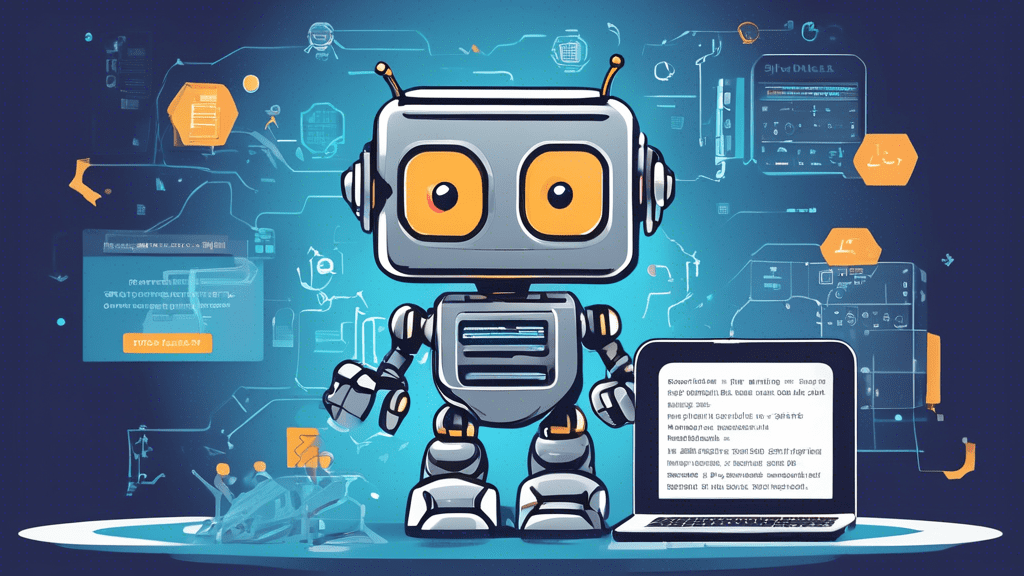Getting Started with Large Language Models (LLMs): A Beginner’s Guide
Large Language Models (LLMs) have rapidly evolved to become pivotal tools in natural language processing and understanding. These models, powered by deep learning architectures, can generate human-like text, translate languages, and even write code! In this guide, we’ll walk you through the essential concepts and steps to get started with LLMs.
What are Large Language Models?
Large Language Models are advanced artificial intelligence models trained to understand and generate human language. They utilize enormous datasets and sophisticated algorithms to identify patterns in text. Examples of LLMs include OpenAI‘s GPT-3, Google‘s BERT, and Facebook’s RoBERTa.
How Do LLMs Work?
LLMs employ deep learning, particularly a subset known as transformer architecture, to process and generate text. These models consist of numerous layers of neurons that can learn to represent complex linguistic features through training on vast corpora of text. They are pre-trained on a diverse range of internet text, enabling them to generate coherent and contextually relevant responses.
Getting Started with LLMs
Here are the steps to embark on your journey with LLMs:
1. Understand the Basics of Machine Learning and NLP
Before diving into LLMs, it’s crucial to have a foundational understanding of machine learning (ML) and natural language processing (NLP). Familiarize yourself with concepts like supervised learning, unsupervised learning, neural networks, and key NLP tasks like tokenization, named entity recognition, and sentiment analysis.
2. Choose a Pre-trained Model
For beginners, using pre-trained models is a great starting point. OpenAI‘s GPT-3, Google‘s BERT, and Hugging Face’s transformers are some of the most popular models available. These models come pre-trained, meaning you can use them out-of-the-box for various NLP tasks without needing to train them from scratch.
3. Set Up Your Environment
To work with LLMs, you’ll need a suitable programming environment. Python is the preferred language due to its rich ecosystem of ML and NLP libraries. You should install libraries such as PyTorch or TensorFlow for deep learning and Hugging Face Transformers for easy access to numerous pre-trained models.
4. Experimenting with Pre-trained Models
Dive into practical experimentation by using pre-trained models like GPT-3. You can start with simple tasks such as text generation, summarization, or translation using the Hugging Face Transformers library. Here’s an example to generate text using GPT-3:
import openai
openai.api_key = 'your-api-key'
prompt = Once upon a time
response = openai.Completion.create(
engine=davinci,
prompt=prompt,
max_tokens=50
)
print(response.choices[0].text.strip())
Replace 'your-api-key' with your actual OpenAI API key.
5. Fine-Tuning Models
As you get comfortable, you might want to fine-tune models for specific tasks or datasets. Fine-tuning involves training a pre-trained model on a specific dataset to adapt it for a specialized task. The Hugging Face library provides straightforward methods to fine-tune models.
6. Deploying Your Model
Once you have a model ready, you may want to deploy it. Platforms like Hugging Face‘s Inference API, TensorFlow Serving, and AWS SageMaker make deploying ML models accessible and straightforward.
Conclusion
LLMs offer immense potential and flexibility in understanding and generating human language. By following this guide, you can embark on an exciting journey into the world of LLMs. Remember, the key is to start simple, progressively deepen your understanding, and experiment consistently. Happy learning!






No comments! Be the first commenter?